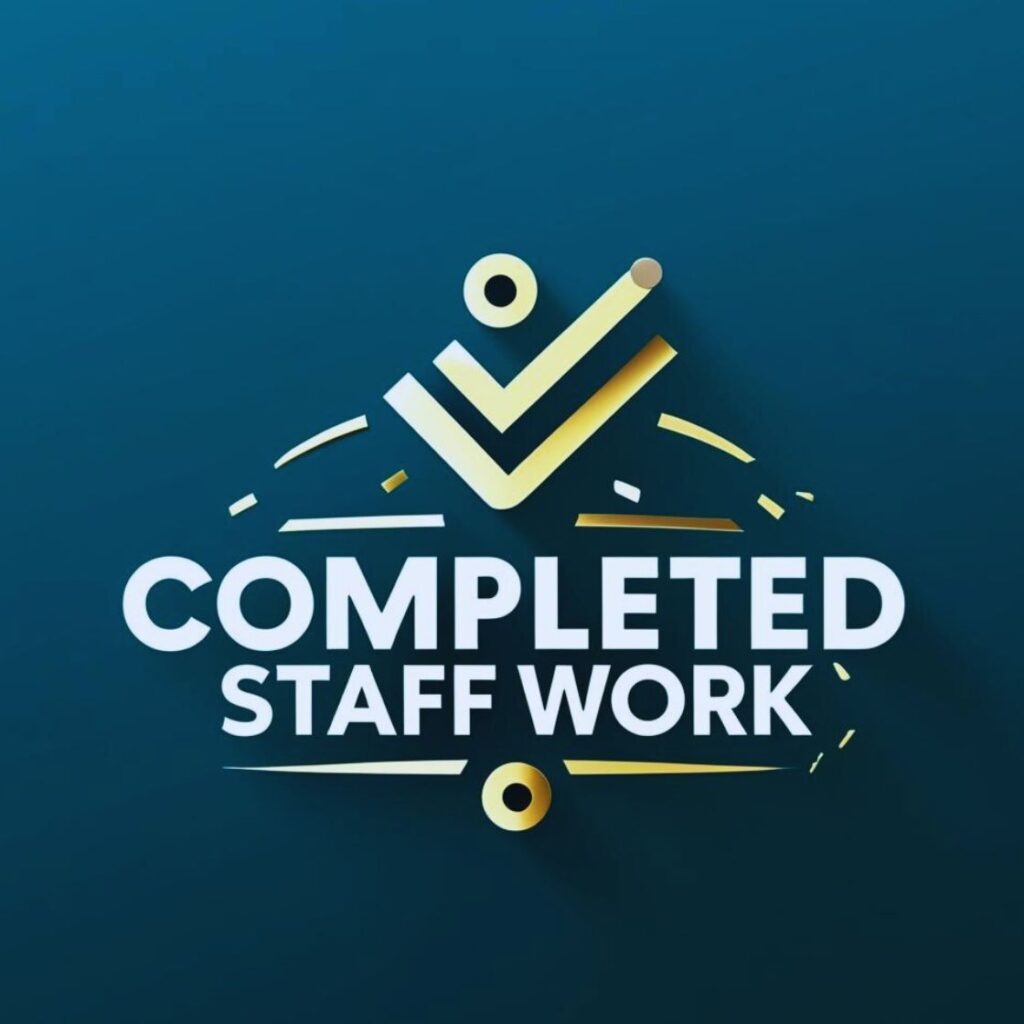What do companies expect when they send high-potential employees to basic leadership training? What do they expect to see in a leadership training outline? I asked this question because most managers give little importance to it.
When you examine the content of some public seminars, participants can only expect to get Wikipedia kind of knowledge.
Though outlines are very long, most contents are concepts about leadership, leadership vs. management, introduction to high performance, the cycle of leadership, and leadership models, and short discussions on coaching.
These are nice to know. But you don’t have to attend a workshop to learn concepts in leadership. You can learn more from the Leadership Lessons from Peter Drucker if you only want to understand what leadership is all about.
You can also learn more from reading my articles on leadership than from participating in these public seminars. And I wrote these articles in a way that new leaders can understand. And yes, you get them for free.
Anyhoo.
I will recommend the best basic leadership training program with a good return on investment.

What is basic leadership training?
Basic leadership training is a foundational training program designed for first-time leaders. Basic leadership training is a customized program, not an off-the-shelf leadership program offered by some training providers to the public. It is organic to your organization, not a plugin.
You give basic leadership training during the employee alignment phase. I suggest offering this during the onboarding stage of the new leaders in your organization.
All leaders must take basic leadership training.
This is more important than trendy leadership training because it is the first step in your employee’s leadership journey.
What’s the content of basic leadership training?
By now, you must have thought that the basic leadership training in one organization differs from the others.
If your competition is getting the same basic training, most likely from the same public seminar, no differentiation exists between you and your competition.
And managers who have yet to take the same training from the public seminar cannot be expected to monitor and mentor their first-time leaders.
I recommend you include the following in your basic leadership training.
Module 1: Personal Best
We all possess leadership mindsets, skills, and characteristics. Essentially, we are all leaders. But some leaders are the best fit for your company.
The first learning session must help leaders examine their leadership history and allow them to rediscover their strengths and assets. Then, help them find their personal best.
What leaders believe to be their best, they want to relive in your organization. This is a great opportunity to highlight the stories of your organization’s leaders too.
Your company has a history of leadership too. New leaders need to find themselves continuing that history while doing their personal best.
Module 2: The Vision and Mission of Your Organization.
Each day, the leaders must keep their eyes on the goal.
Vision is the vivid picture of the future. Leaders need to see the future. They need to own it. And they must be able to communicate this to everyone in the organization.
Your mission is how you bring the future to the present. That means leaders must demonstrate the kind of people who will live in the future. We expect them to be ahead of everyone. And therefore, they must walk the talk and lead the way.
Module 3: Culture Shift.
One objective of leadership training is to promote the values and beliefs of the organization. You will discover how leaders must model the core values of the company.
The actual and desired culture is a factor in hiring, promoting, and firing employees. Therefore, leaders need to understand the values celebrated in their organization and how each will be demonstrated.
What you want is leadership in action.
Knowing the definitions of leadership, management, supervision, and other terms are nice. You can find them in dictionaries. You can find them here. But your company’s culture is unique to your organization.
Your leaders are culture shapers.
Module 4: How Do We Earn
Leaders need to develop business acumen. Each must know what they can do to grow and sustain their company’s business. Build a sense of accountability and urgency.
The session will help them identify what products and services delight customers. Tell your customer stories. Show testimonials. Allow your leaders to imagine what could be.
You cannot have this session in traditional basic leadership training. The training providers can only do this for you if they customize the training program.
Module 5: Competency Map
What skills, attitudes, and tools can help leaders succeed? Your answer refers to the competency of your organization.
There are three kinds of competencies: functional, interpersonal, and leadership.
Every leader must be functionally competent to become the go-to guy for the people they lead. They must develop interpersonal skills to become better co-workers and team players. To become better leaders, they must develop competencies like decision-making, problem-solving, coaching, planning, and delegation.
You may show the competency strategy of the organization. Use graphic aids to highlight your competency map. The competency map will tell them the competencies they need to practice and master as they move the leadership ladder upward.
Many managers and supervisors get promoted to their jobs for their ability to do functional and repeatable work. Basic leadership training must show leaders how to increase their organizational value.
The competency map won’t bring them to the top, but without it, they will be working blind.
Module 6: What Get’s Rewarded
From the outset, your organization must communicate what you value most.
Do you value teamwork? Then, you will reward team efforts more than an individual rockstar.
Do you value high performance? Then, you will show that you pay more value to work quality and impact.
Do you value loyalty? Then, define what loyalty is and how one becomes loyal. In some organizations, loyalty means being in the organization for 1o year. I know people who deliver average work, waiting only for retirement. I won’t count that as being loyal, only enduring.
Then, you can teach leaders how to electrify employee engagement to what your organization rewards.
Can you now see why an organization must take leadership training seriously?
Basic leadership training is the foundation. If you are a small business owner, make it the most important training program you can give to team leaders, supervisors, and managers.
A new CEO needs to undergo this training too. That’s how it should be if the CEO wants to understand the history and direction of the organization.
Of course, it is often the case that new management wants to set a new direction. Then, you need to design a new “basic” leadership training that is a requirement for everyone.
How long is a basic leadership training?
You may complete a spotlight leadership training in a day. But you may offer the basic leadership training in six to ten modules in six months. It is not a crash course in leadership but a foundational course.
Build leadership on a solid foundation.
The one-day training programs that may follow are either spotlight training or strategic leadership training. Spotlight training focus on one leadership skill. Its purpose is for you to be more confident in practicing a skill. Examples of these skills are decision-making, delegation skills, and problem-solving.
Strategic training is advanced skills leaders may need to grow and sustain the business. But no amount of spotlight or strategic training can replace your foundational leadership program.
Leadership By Design
Your high-potential employees will benefit from leadership training. Before you promote anyone to team leader or supervisory role, I recommend that you help that employee succeed.
Design your basic leadership training with the end in mind. It contains the DNA of your leaders. Your organization can grow without training your leaders, but it is risky.
If you don’t know how to design a systematic leadership development program, you can find people who can help. You only need to ask.




